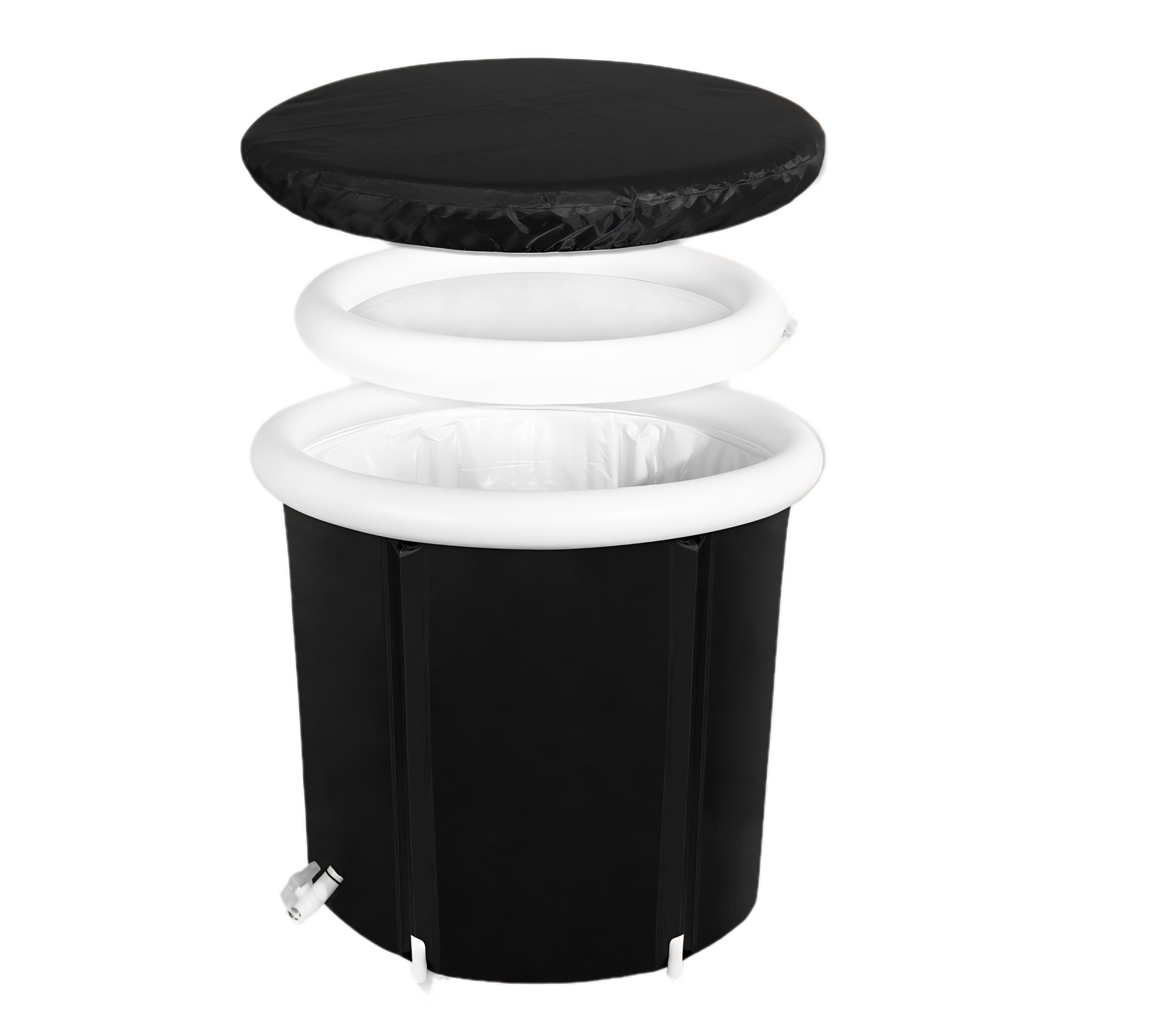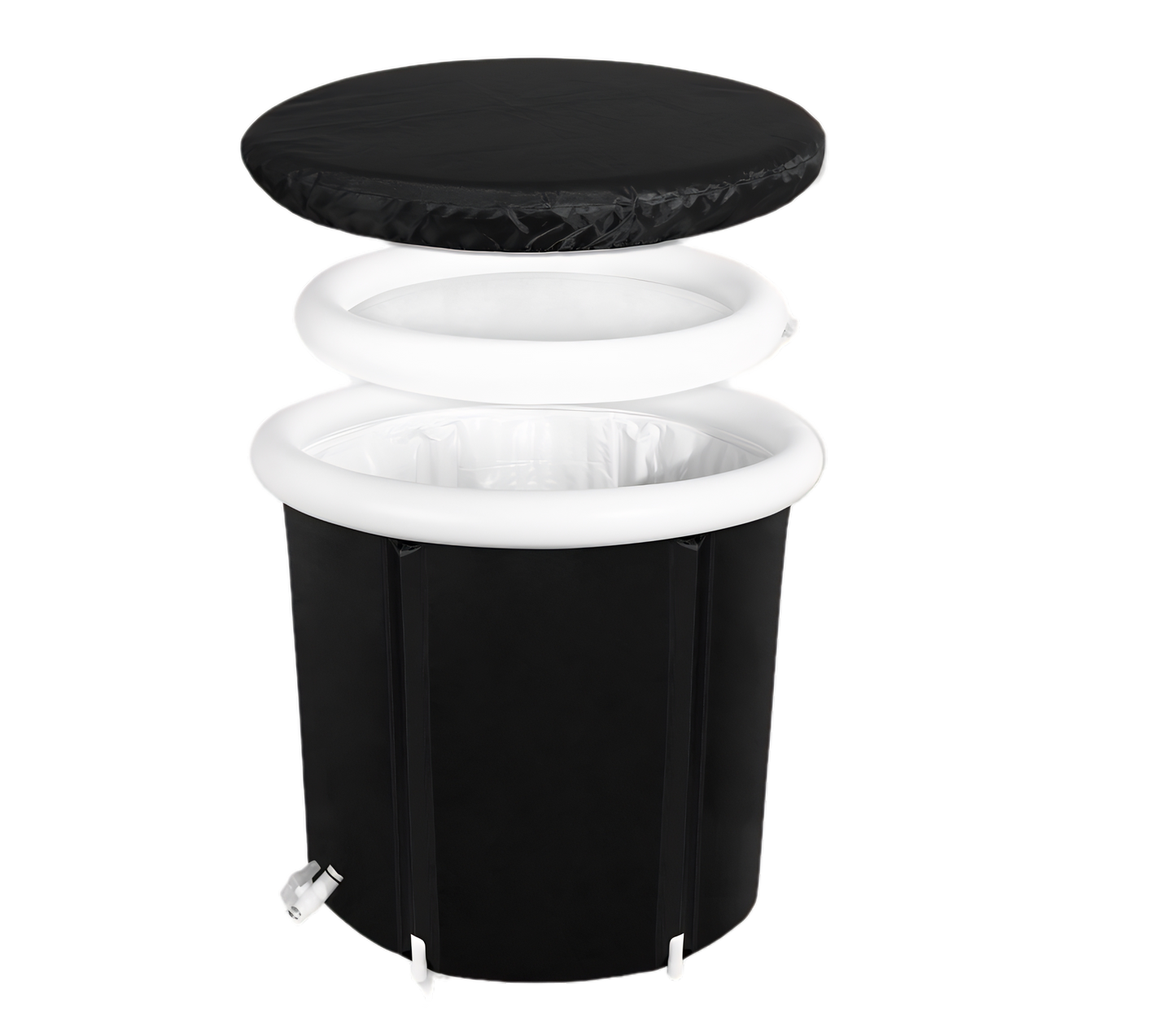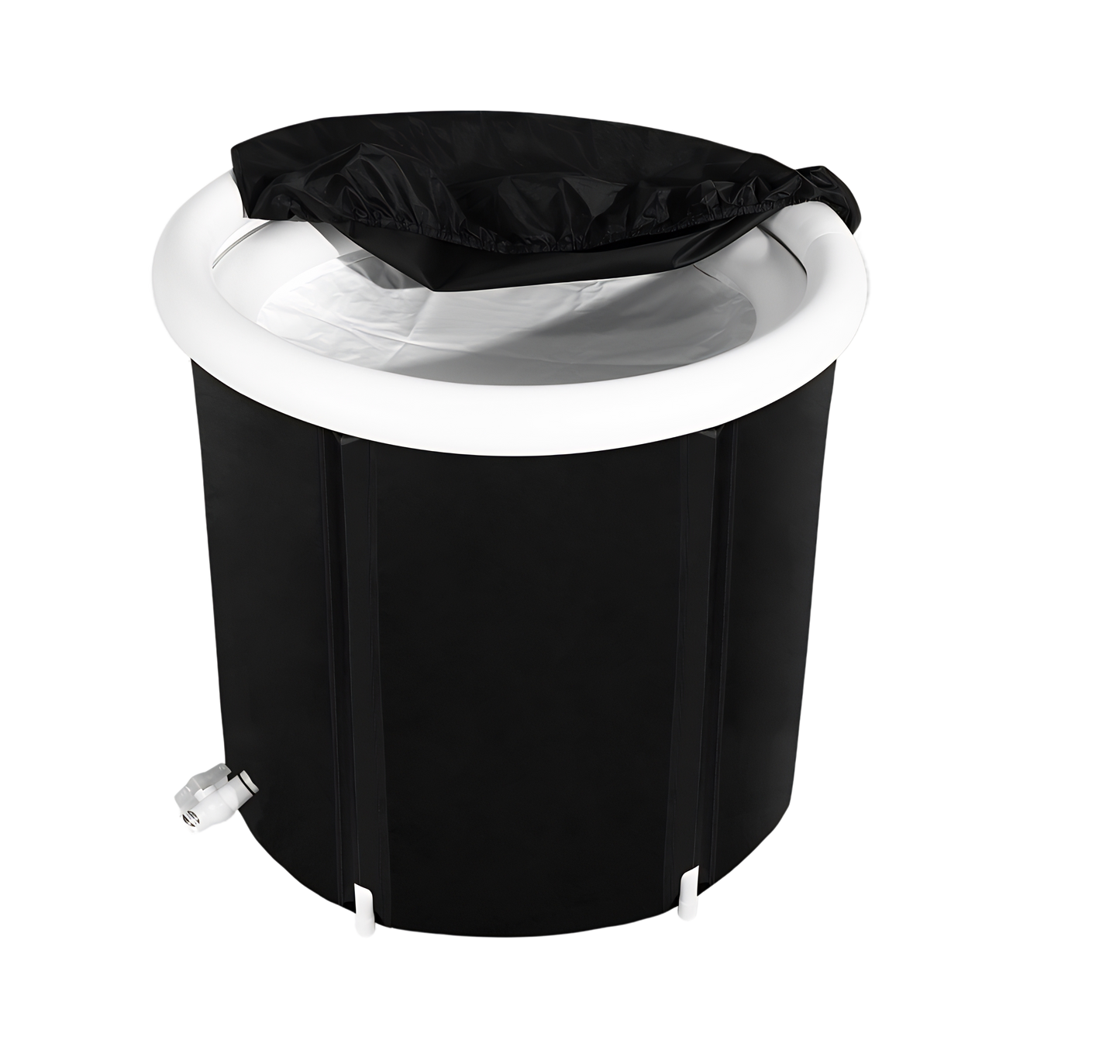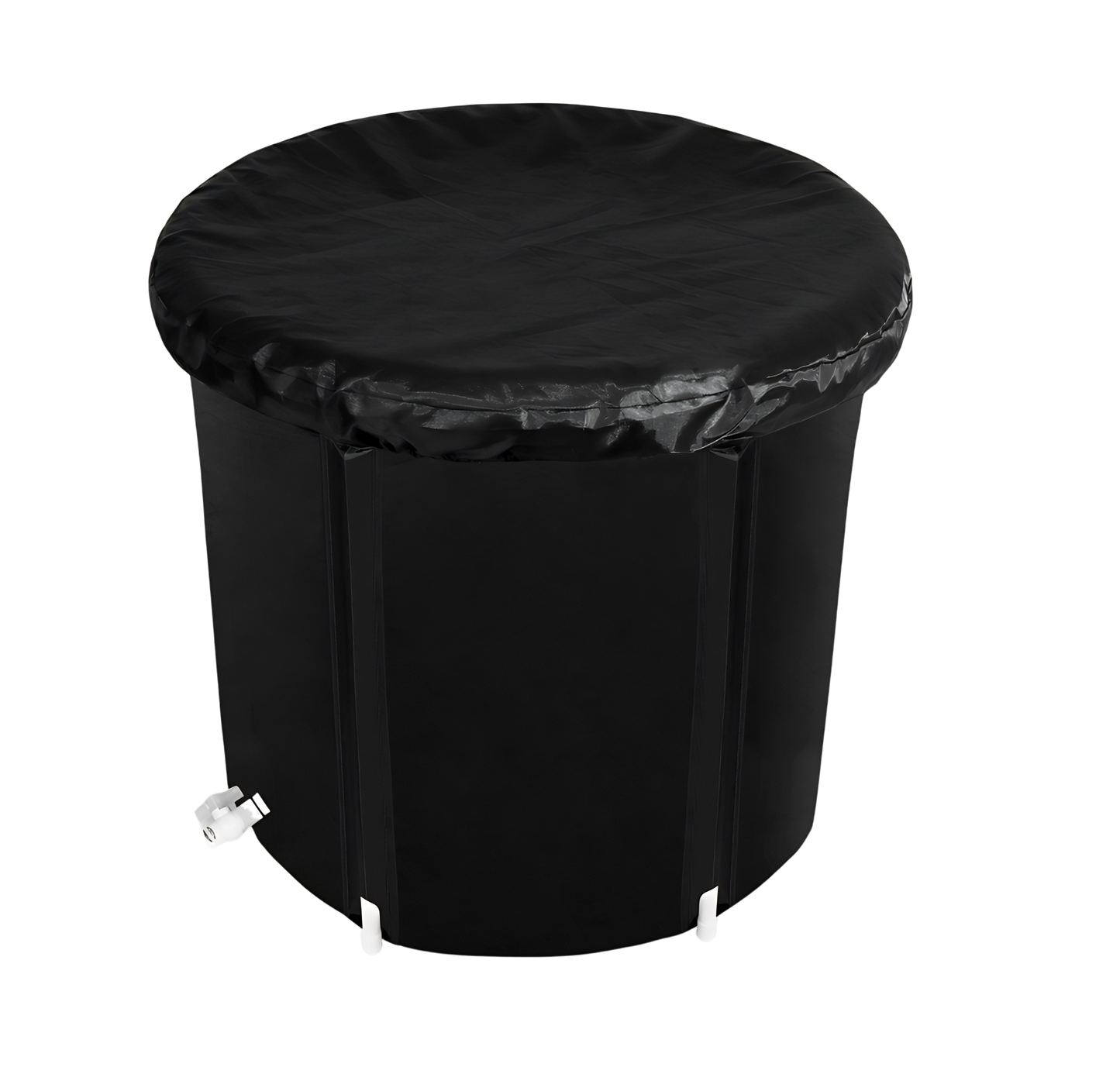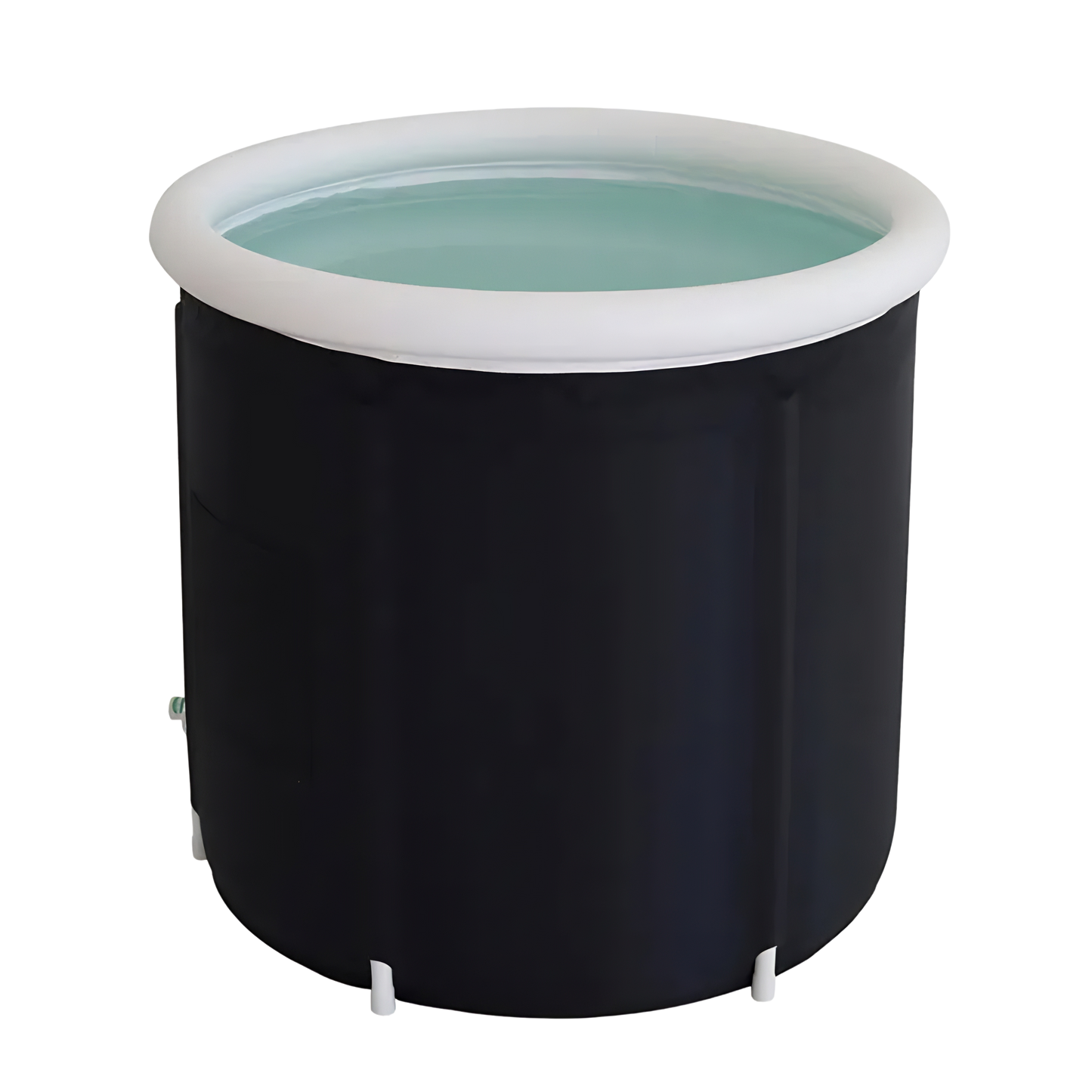Key Takeaways
- Dress for Success: For ice baths, wear swim-appropriate attire such as Speedos, bikinis, bathers, or board shorts for optimal cold exposure and comfort.
- Post-Bath Rituals: After your immersion, prioritize warming up. If transitioning to a sauna or hot shower, the need for immediate warm clothing is lessened.
- Benefits Abound: Ice baths aid in muscle recovery, improve circulation, enhance mental alertness, and contribute to overall wellness.
- Safety First: Start with shorter durations, be sensible, and always listen to your body's signals during the experience.
Introduction: The Ice Bath Experience
Diving into the world of ice baths? These cold-water immersion therapies, favored by athletes and wellness enthusiasts, offer a myriad of benefits. But a burning question for many first-timers is: "What do you wear to an ice bath?" Let's unravel this mystery.
Approach It Like Swimwear
When prepping for an ice bath, your attire should mirror what you'd don for a swim.
- Speedos and Bikinis: Minimalistic in design, they maximize your exposure to the cold, amplifying the therapeutic effects of the ice bath.
- Bathers: A popular choice for many, these one-piece swimsuits strike a balance between coverage and exposure, ensuring you get the most out of your immersion.
- Board Shorts: A hit, especially among men, board shorts offer comfort and a tad more coverage than speedos, without compromising on the benefits.
Now that you're dressed for success, it's time to dive deeper into the transformative world of ice baths.
 Figure: Young girl braving an ice swimming hole in her bikini; credit: viktor95 / Shutterstock
Figure: Young girl braving an ice swimming hole in her bikini; credit: viktor95 / ShutterstockThe Allure of Ice Baths
Ice baths have become a cornerstone in the routines of many, and their popularity isn't without reason:
-
Muscle Recovery: Intense physical activities frequently lead to micro-tears in muscle fibers, causing inflammation and discomfort. Ice baths, by constricting blood vessels, mitigate this inflammation and expel metabolic waste. A 2016 study involving jiu-jitsu athletes corroborated these findings, highlighting that many athletes experience diminished muscle soreness and expedited recovery times as a result.
-
Improved Circulation: The cold immersion causes blood vessels in the skin and extremities to constrict, pushing blood to the core. Once you exit the bath and start warming up, the blood rushes back to the extremities. This process, known as vasodilation and vasoconstriction, helps in flushing out toxins and supplies muscles with oxygen-rich blood, promoting better overall circulation.
-
Mental Alertness: The initial shock of cold water can jolt the system, leading to a surge in adrenaline. This adrenaline boost can sharpen mental clarity, increase alertness, and even elevate mood, making you feel more invigorated post-bath.
- Wellness and Therapy: Apart from the tangible health advantages, ice baths challenge one's mental fortitude. Consistent exposure to cold water fosters mental toughness, training the brain to maintain composure in stressful situations. Moreover, the surge of endorphins after an ice bath session can uplift mood and potentially alleviate symptoms of depression or anxiety, as suggested by a 2008 study from Medical Hypothesis.

Figure: List of ice bath benefits; credit: https://www.xcode.life/
Cold Showers vs. Ice Baths
While both champion the power of cold, they differ in intensity and duration. Ice baths, with their colder temperatures and prolonged immersion, promise deeper therapeutic benefits compared to the fleeting embrace of a cold shower. With that being said, cold showers are a perfect introductory point to see if you have what it takes to charge head on into the cold.
Timing Your Immersion
If you're new to this chilly endeavor, start with shorter sessions, it is always best to start with an easier timing, that will challenge you slightly, but not make it so unbearably grueling that you don't want to come back again.
As we discuss in our in depth article on ice bath timings, the ideal ice bath timing, is that which you can sustain regularly and consistently over the long-term. That is where the real benefits lie.
Post-Bath Rituals: Warming Up
Emerging from the icy embrace, your body will instinctively yearn for warmth.
- Warm Clothes: Arm yourself with a cozy sweatshirt, pants, and thermal socks. They'll be your best friends, ensuring you warm up in record time.
- Towels and Robes: Wrap yourself in the comforting hug of a thick towel or robe, sealing in the warmth.
But what if you're following up with a sauna or spa session? The urgency for warm clothing wanes. The enveloping heat from a sauna or spa will swiftly elevate your body temperature, smoothing the transition from cold to warm. Alternatively, a hot shower not only warms you up but also rinses off any remnants from the ice bath.
Ice Bath Tips: From Rookie To Pro
For those venturing into the world of ice baths, these tips can ensure a safe and effective experience:
- Start Gradually: Like any new endeavor, it's crucial not to dive in headfirst. Begin with water that's challengingly cold, but not unbearable, and start with a shorter timeframe (2 to 5 minutes is a good introductory sweet spot). As your body becomes more familiar with the sensation, you can introduce more ice and extend the duration.
- Avoid Head Immersion: While the body can handle cold immersion, the head is more sensitive. Keeping it above water prevents potential complications like cold shock and allows for focused, controlled breathing, essential for managing the initial cold sensation. However, finishing off the last few seconds of your ice bath with a head dunk is always an invigorating endeavor.
- Use a Timer: It's easy to lose track of time when you're trying to manage the cold. A timer ensures you don't overstay, reducing the risk of hypothermia or other cold-related complications.
- Focus on Breathing: The body's natural response to cold is to take rapid, shallow breaths. Counteract this by practicing deep, diaphragmatic breathing. This technique not only helps manage the cold but also has a calming effect on the mind.
- Move Gently: While you might want to stay still, gentle movements can be beneficial. Slowly swirling the water around with your hands or shifting your position ensures the cold is evenly distributed, preventing cold spots. This is one you will undoubtedly discover the moment you take your first bath.
- Listen to Your Body: Everyone's tolerance to cold is different. Some signs that you should exit the bath include intense shivering, numbness, or tingling in the extremities. Always prioritize safety and comfort over duration.
- Seek Expert Advice: If you're serious about incorporating ice baths into your routine, consider consulting a professional. They can offer guidance tailored to your needs, ensuring you reap the maximum benefits while staying safe.
Conclusion: Dress for Success
In the realm of ice baths, what you wear is a blend of comfort, effectiveness, and style. By choosing the right attire and following the tips above, you're set for a rewarding ice bath experience. Whether you're an athlete or someone exploring the therapeutic wonders of cold immersion, the right gear can elevate your experience.
References
- Fonseca, L. B., Brito, C. J., Silva, R. J., Silva-Grigoletto, M. E., da Silva, W. M., Junior, & Franchini, E. (2016). Use of Cold-Water Immersion to Reduce Muscle Damage and Delayed-Onset Muscle Soreness and Preserve Muscle Power in Jiu-Jitsu Athletes. Journal of athletic training, 51(7), 540–549. https://doi.org/10.4085/1062-6050-51.9.01
- Shevchuk, N. A. (2008). Adapted cold shower as a potential treatment for depression. Medical Hypotheses, 70(5), 995-1001. https://doi.org/10.1016/j.mehy.2007.04.052.

